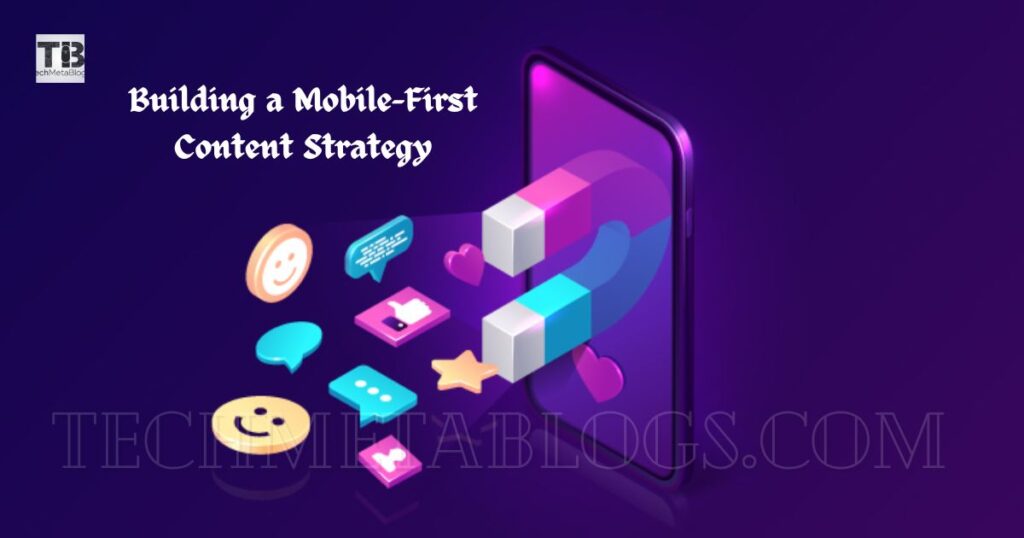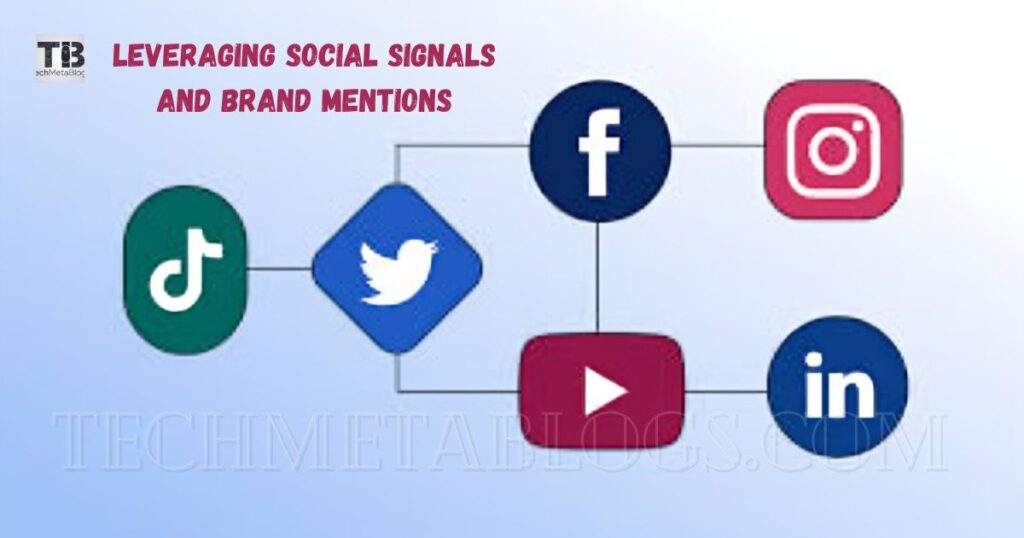In today’s digital landscape, securing a spot on Google’s first page is the holy grail of online visibility.
As an expert in SEO, David Aziz provides comprehensive strategies to help websites climb the search engine rankings and capture valuable organic traffic.
This in-depth guide explores proven techniques for optimizing your website and content to achieve those coveted top positions.
Understanding Google’s Algorithm
Google’s search algorithm has evolved significantly over the years, becoming increasingly sophisticated in its ability to understand user intent and deliver relevant results.
Recent updates like Core Web Vitals have transformed how websites are evaluated, emphasizing user experience metrics alongside traditional ranking factors.
The algorithm now considers hundreds of factors, with particular focus on:
Page Experience Signals:
- Loading performance (Largest Contentful Paint)
- Interactivity (First Input Delay)
- Visual stability (Cumulative Layout Shift)
Content Quality Indicators:
- Expertise, Authoritativeness, and Trustworthiness (E-A-T)
- Content depth and comprehensiveness
- User engagement metrics
Mobile Optimization:
- Responsive design
- Mobile-first indexing
- Touch-friendly navigation
Conduct Thorough Keyword Research

Effective keyword research forms the foundation of any successful SEO strategy. Start by identifying terms that align with your business objectives and user intent.
Use professional tools like SEMrush, Ahrefs, or Google’s Keyword Planner to uncover valuable opportunities.
Consider these factors when selecting keywords:
- Search volume and competition levels
- Commercial intent and conversion potential
- Geographic relevance
- Seasonal trends
- Related terms and variations
Create a keyword mapping strategy that targets different stages of the customer journey:
Journey Stage Keyword Type Example
Awareness Informational “What is SEO”
Consideration Comparative “best SEO tools.”
Decision Transactional “SEO services pricing.”
Craft High-Quality, Valuable Content
Content quality directly influences your ability to rank on Google’s first page. Create comprehensive resources that thoroughly address user queries while demonstrating expertise in your field.
Your content should be:
Comprehensive: Cover topics in-depth, leaving no stone unturned. Include relevant examples, case studies, and data to support your points.
Well-structured:
Use clear headings and subheadings and a logical progression of ideas. Break up text with images, videos, or infographics where appropriate.
Unique: Offer fresh perspectives and insights not found elsewhere. Share original research, expert opinions, and practical applications.
Updated Regularly: Keep content fresh by incorporating new developments, statistics, and industry changes.
Optimize On-Page SEO
On-page optimization remains crucial for achieving first-page rankings. Focus on these essential elements:
Title Tags:
- Include target keywords naturally
- Keep the length between 50-60 characters
- Make them compelling and clickable
Meta Descriptions:
- Write unique, engaging descriptions for each page
- Include primary and secondary keywords
- Stay within 155-160 characters
Header Tags:
- Use H1-H6 tags hierarchically
- Include relevant keywords naturally
- Maintain logical content structure
Internal Linking:
- Create a clear site hierarchy
- Use descriptive anchor text
- Link to relevant, high-value content
Build Quality Backlinks
Backlinks continue to be a significant ranking factor. Focus on earning high-quality links through:
Content Marketing:
- Create linkable assets (research studies, industry surveys)
- Develop shareable infographics and videos
- Publish expert interviews and roundups
Relationship Building:
- Network with industry influencers
- Participate in relevant online communities
- Collaborate on content projects
Digital PR:
- Share newsworthy content
- Respond to journalist queries
- Create compelling press releases
Mastering Content Clusters for Topic Authority
Content clusters have become increasingly vital for establishing topical authority in your niche. This strategy involves creating a pillar page broadly covering a primary topic, with multiple related articles linking to it.
By organizing content this way, you demonstrate comprehensive expertise to users and search engines, strengthening your overall domain authority and improving rankings across related keywords.
Leveraging AI and Machine Learning in SEO
As search engines become more sophisticated, incorporating AI-driven insights into your SEO strategy is crucial.
Modern SEO tools powered by machine learning can analyze search patterns, predict ranking opportunities, and identify content gaps more effectively than traditional methods.
Understanding how to use these tools while maintaining a human-centric approach to content creation gives you a competitive edge.
Implementing Schema Markup for Enhanced Visibility
Schema markup continues to play an increasingly important role in search visibility. Providing explicit signals about your content’s meaning helps search engines understand and display your content more effectively.
Proper schema implementation can significantly improve your SERP features and click-through rates, from organization information to product details and FAQ sections.
Optimizing for Voice Search and Featured Snippets
With the rising popularity of voice-enabled devices, optimizing for voice search has become essential. This involves understanding natural language patterns and question-based queries.
Similarly, structuring content to capture featured snippets can significantly increase visibility. Focus on providing clear, concise answers to common questions while maintaining comprehensive coverage.
Building a Mobile-First Content Strategy

Google’s mobile-first indexing means your mobile experience directly impacts rankings. Beyond responsive design, this requires rethinking content presentation, navigation structures, and interaction patterns.
Consider thumb-friendly navigation, appropriate font sizes, and content prioritization for smaller screens.
Maximizing Core Web Vitals Performance
Core Web Vitals have become crucial ranking signals. Focus on optimizing the Largest Contentful Paint (LCP), First Input Delay (FID), and Cumulative Layout Shift (CLS).
This involves technical improvements like optimizing image delivery, minimizing JavaScript execution time, and ensuring stable page layouts during loading.
Creating User-Generated Content Programs
User-generated content can significantly enhance your SEO efforts while building community engagement.
Implement strategies to encourage reviews, comments, and user submissions. This provides fresh content and demonstrates active user engagement with search engines.
Developing International SEO Strategies
International SEO requires careful consideration of hreflang tags, content localization, and market-specific keyword research for businesses targeting multiple markets.
Understanding cultural nuances and search behavior in different regions helps optimize content for local audiences while maintaining global brand consistency.
Optimizing E-A-T Signals
Expertise, Authoritativeness, and Trustworthiness (E-A-T) continue to gain importance in Google’s content quality evaluation.
Focus on building author credentials, securing industry recognition, and maintaining current, accurate information across your site.
Implementing Advanced Link Building Tactics
Modern link building requires sophisticated approaches beyond traditional outreach. This includes creating data-driven content, developing interactive tools, and leveraging digital PR opportunities. Focus on earning links naturally through valuable content and strategic partnerships.
Optimizing for Video Search
Video content increasingly appears in search results. Optimize video content with proper titles, descriptions, and transcripts.
Consider creating video sitemaps and implementing structured data for video content to improve visibility in both regular and video search results.
Leveraging Social Signals and Brand Mentions

While not directly ranking factors, social signals and brand mentions influence search visibility through increased brand awareness and natural link-building opportunities.
Develop strategies to increase brand mentions and social engagement while maintaining consistency across all platforms.
Implementing Progressive Web App Features
Progressive Web Apps (PWAs) combine the best of web and mobile apps. Implementing PWA features can improve user experience metrics, leading to better engagement and higher rankings. Focus on features like offline functionality, fast load times, and app-like interactions.
Optimizing for Local SEO Success
Local search optimization requires a comprehensive approach that includes optimizing Google Business Profile, creating local content, and building location-specific links.
Focus on maintaining consistent NAP (Name, Address, Phone) information and gathering authentic local reviews.
Leveraging Analytics for Data-Driven Decisions
Implementing advanced analytics helps identify opportunities and track SEO success. Go beyond basic metrics to analyze user behavior, content performance, and conversion patterns.
Use this data to make informed decisions about content creation and optimization strategies.
These strategies contribute to a comprehensive SEO approach that can help achieve and maintain first-page Google rankings.
Remember to prioritize these tactics based on your business goals and resource availability.
Frequently Asked Questions
How long does it typically take to reach Google’s first page?
While timelines vary based on competition and industry, most websites can expect to see first-page results within 6-12 months of implementing comprehensive SEO strategies.
Highly competitive keywords may require longer periods of consistent optimization efforts.
What’s the minimum word count needed for blog posts to rank well?
Quality matters more than specific word counts, but comprehensive articles typically range from 1,500 to 2,500 words. The key is covering topics thoroughly while maintaining relevance and engagement throughout the content.
How important is site speed for ranking on Google’s first page?
Site speed is crucial, with Google explicitly considering it as a ranking factor. Pages should load within 2-3 seconds, as slower speeds significantly impact rankings and user experience metrics.
Can small businesses compete with larger companies for first-page rankings?
Small businesses can compete effectively by focusing on specific niches, local SEO, and long-tail keywords. Strategic content creation and strong regional presence often outweigh pure domain authority.
How often should websites publish new content to maintain rankings?
Consistent content publication, ideally 2-4 times monthly, helps maintain search visibility. However, quality should never be sacrificed for quantity, and existing content should be regularly updated.
What role do social media signals play in Google rankings?
While social signals aren’t direct ranking factors, a strong social media presence can indirectly improve SEO through increased brand visibility, traffic, and natural link-building opportunities.
Can I recover from a Google penalty and return to the first page?
Yes, recovery is possible through identifying and fixing issues, removing problematic links, and submitting reconsideration requests. Most sites can recover within 2-6 months of implementing proper fixes.
How crucial are backlinks for achieving first-page rankings?
Backlinks remain one of the top-ranking factors, but quality far outweighs quantity. A few authoritative, relevant backlinks often provide more value than numerous low-quality links.
Conclusion
Reaching Google’s first page requires a strategic approach combining technical expertise with quality content creation.
By following David Aziz’s comprehensive SEO tips and staying current with Google’s evolving algorithm, you can improve your website’s visibility and achieve sustainable organic search success.
Remember that SEO is an ongoing process – continue monitoring, testing, and refining your strategies to maintain and improve your rankings over time.













